ESET Research observes IoT botnet Mozi taken down via a kill switch
By MYBRANDBOOK

ESET Research recently observed the sudden demise of one of the most prolific Internet of Things (IoT) botnets, named Mozi, infamous for exploiting vulnerabilities in hundreds of thousands of IoT devices each year. User Datagram Protocol (UDP) observed an unanticipated drop in activity that began in India and was also observed in China a week later. The change was caused by an update to Mozi bots that stripped them of their functionality. A few weeks following these events, ESET researchers were able to identify and analyze the kill switch that caused Mozi’s demise.
“The demise of one of the most prolific IoT botnets is a fascinating case of cyber forensics, providing us with intriguing technical information on how such botnets in the wild are created, operated, and dismantled,” says ESET Eesearcher Ivan Bešina, who investigated the disappearance of Mozi.
On September 27, 2023, ESET researchers spotted the control payload (configuration file) inside a UDP message missing the typical content; its new activity was in fact to act as the kill switch responsible for Mozi’s takedown. The kill switch stopped the parent process – the original Mozi malware – and disabled certain system services, replaced the original Mozi file with itself, executed certain router/device configuration commands, and disabled access to various ports.
Despite the drastic reduction in functionality, the Mozi bots have maintained persistence, indicating a deliberate and calculated takedown. ESET analysis of the kill switch showed a strong connection between the botnet’s original source code and recently used control payloads that were signed by the correct private keys.
“There are two potential instigators for this takedown: the original Mozi botnet creator or Chinese law enforcement, perhaps enlisting or forcing the cooperation of the original actor or actors. The sequential targeting of India and then China suggests that the takedown was carried out deliberately, with one country targeted first and the other a week later,” explains Bešina.


Legal Battle Over IT Act Intensifies Amid Musk’s India Plans
The outcome of the legal dispute between X Corp and the Indian government c...

Wipro inks 10-year deal with Phoenix Group's ReAssure UK worth
The agreement, executed through Wipro and its 100% subsidiary,...
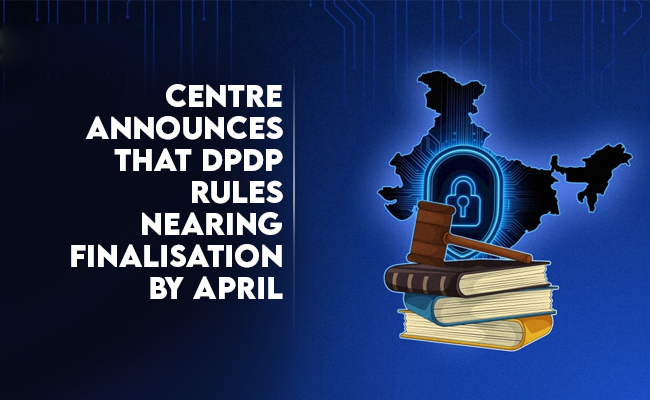
Centre announces that DPDP Rules nearing Finalisation by April
The government seeks to refine the rules for robust data protection, ensuri...

Home Ministry cracks down on PoS agents in digital arrest scam
Digital arrest scams are a growing cybercrime where victims are coerced or ...

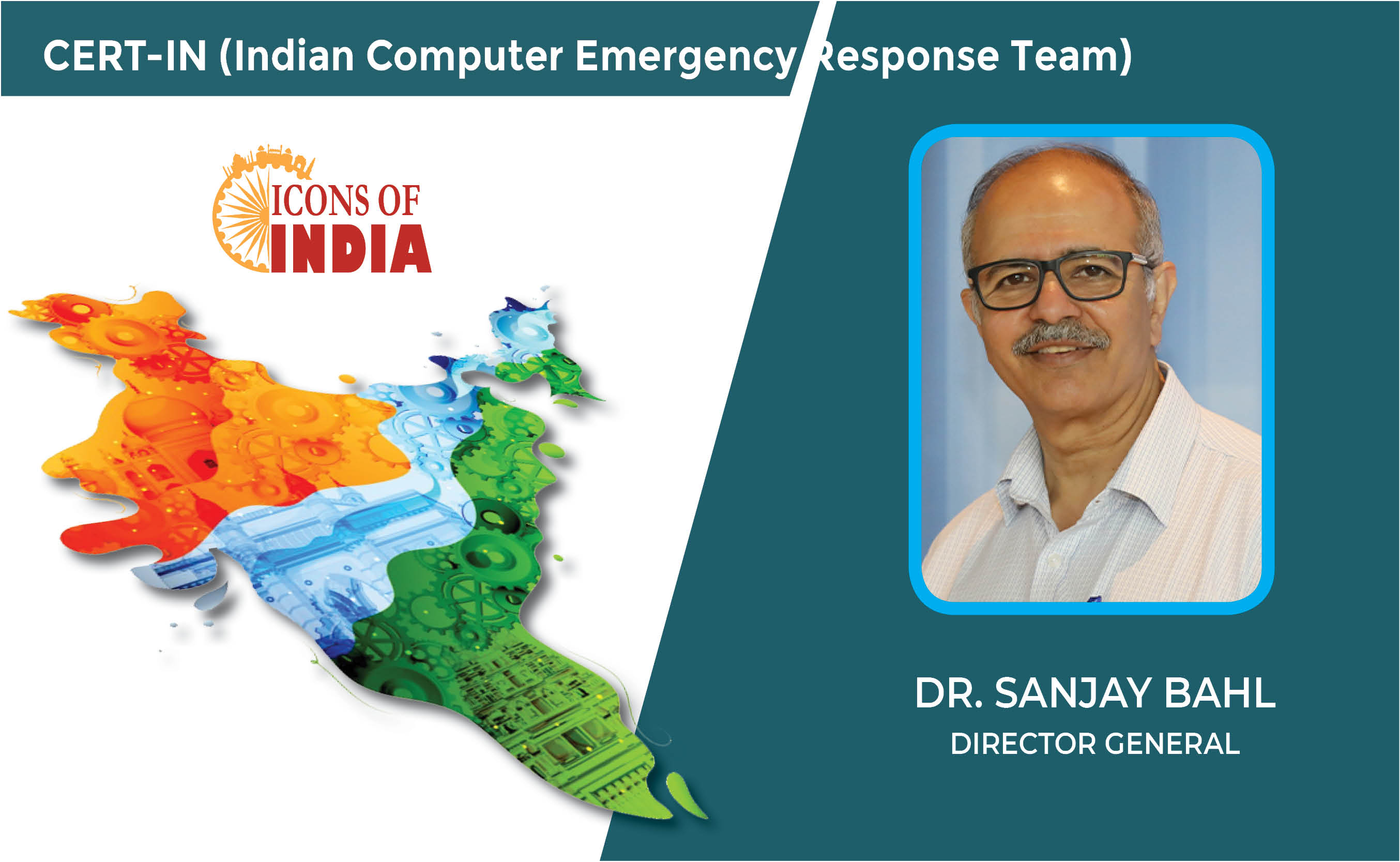
Icons Of India : Dr. Sanjay Bahl
Dr. Sanjay Bahl has around four decades of experience in the ICT indus...

Icons Of India : NIKHIL RATHI
Co-founder & CEO of Web Werks, a global leader in Data Centers and Clo...
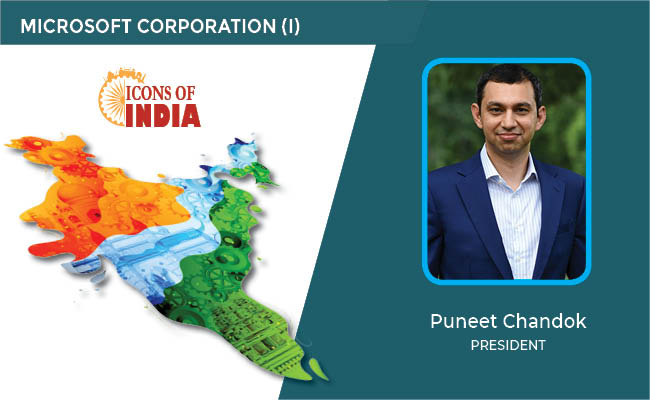
Icons Of India : Puneet Chandok
Puneet Chandok is President, Microsoft India & South Asia and is respo...

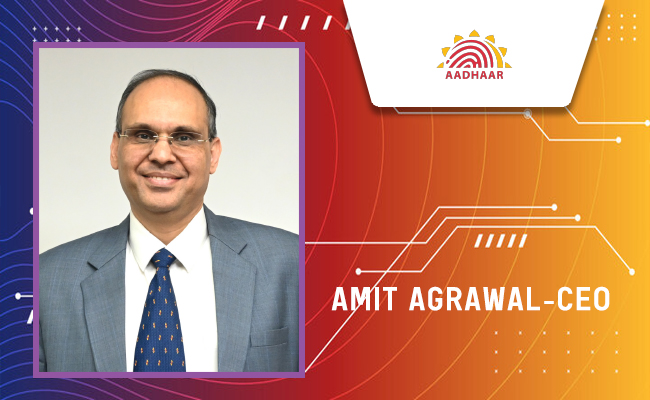
UIDAI - Unique Identification Authority of India
UIDAI and the Aadhaar system represent a significant milestone in Indi...
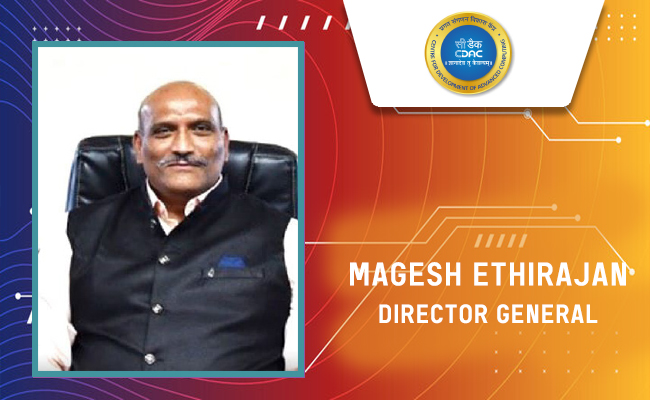
C-DAC - Centre for Development of Advanced Computing
C-DAC is uniquely positioned in the field of advanced computing...
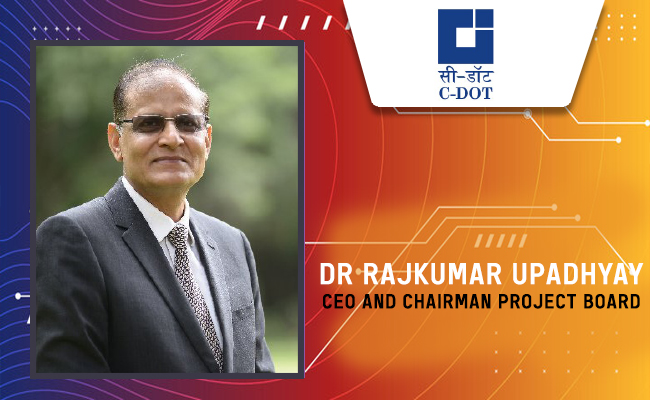
C-DOT - Center of Development of Telematics
India’s premier research and development center focused on telecommu...


Indian Tech Talent Excelling The Tech World - ANJALI SUD, CEO – Tubi
Anjali Sud, the former CEO of Vimeo, now leads Tubi, Fox Corporation�...

Indian Tech Talent Excelling The Tech World - PADMASREE WARRIOR, Founder, President & CEO - Fable
Padmasree Warrior, the Founder, President, and CEO of Fable, is revolu...

Indian Tech Talent Excelling The Tech World - Rajiv Ramaswami, President & CEO, Nutanix Technologies
Rajiv Ramaswami, President and CEO of Nutanix, brings over 30 years of...
 of images belongs to the respective copyright holders
of images belongs to the respective copyright holders